Table of Contents
Steak is a classic favorite, and the right seasoning can elevate it from good to unforgettable. While many people reach for salt and pepper, there's a hidden gem in the spice world that can add a burst of flavor—sazon. If you're curious about how sazon can transform your steak into something extraordinary, you're in the right place. In this article, we'll explore what sazon is, why it works so well on steak, and how to use it like a pro.

Sazon is a traditional Latin American spice blend known for its bold, complex flavors. It typically includes ingredients like garlic powder, onion powder, cumin, oregano, paprika, and sometimes even a bit of chili powder or salt. This combination gives it a rich, savory, and slightly smoky profile that's perfect for grilling, frying, or roasting.
The origins of sazon are deeply rooted in Caribbean and Latin American cuisines. It's commonly used in dishes like grilled chicken, pork, and even seafood. But don't let its traditional roots fool you—sazon is incredibly versatile and can be used in a variety of ways, including on steak.
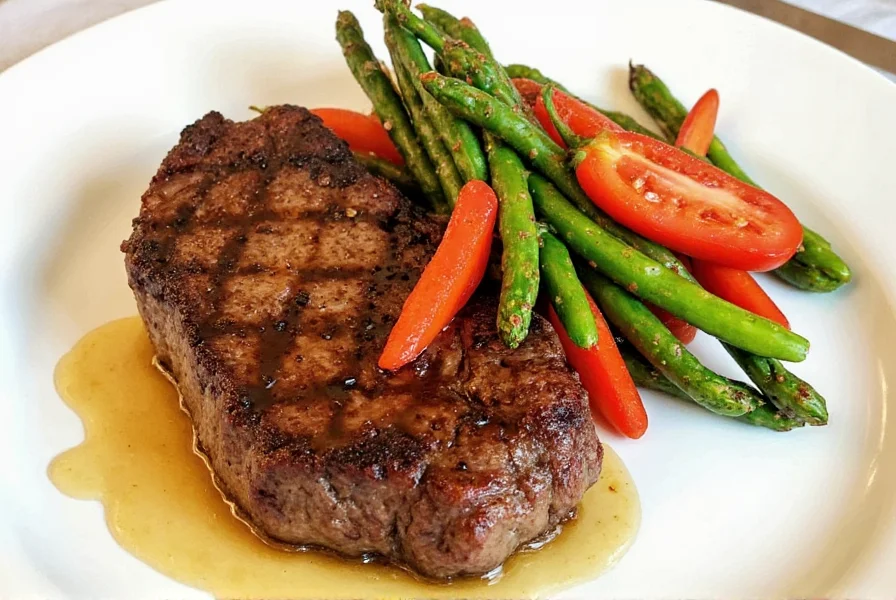
At first glance, using sazon on steak might seem unconventional, but it's actually a brilliant move. The spices in sazon complement the natural richness of beef and add depth without overpowering the meat. Here are a few reasons why sazon is a game-changer for steak:
- Flavor Boost: Sazon adds layers of taste, making your steak more interesting and satisfying.
- Easy to Use: You don't need to be a chef to apply it—it's as simple as sprinkling it over the meat before cooking.
- Great for Grilling: The smoky and spicy notes in sazon enhance the charred flavor of grilled steak.
- Versatile: Whether you prefer your steak rare, medium, or well-done, sazon adapts well to different cooking methods.
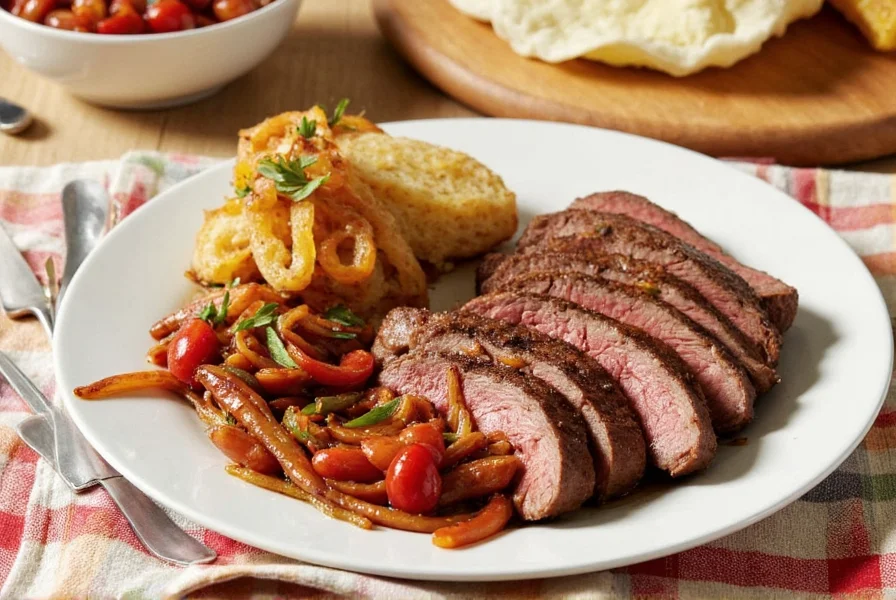
Using sazon on steak is straightforward, but there are a few tips to keep in mind to get the best results. Here's a step-by-step guide:
- Choose the Right Cut: Opt for cuts like ribeye, New York strip, or filet mignon for the best flavor and texture.
- Season Generously: Apply a generous amount of sazon to both sides of the steak before cooking. You can also mix it with a bit of olive oil to help it stick better.
- Let It Rest: After seasoning, let the steak sit for 10–15 minutes to allow the flavors to penetrate the meat.
- Cook to Perfection: Grill, pan-sear, or bake the steak until it reaches your desired doneness.
- Pair with Complements: Sazon pairs well with sides like grilled vegetables, rice, or a fresh salad.
If you're feeling adventurous, you can experiment with adding other seasonings like garlic, lemon, or even a dash of hot sauce to create a custom flavor profile.
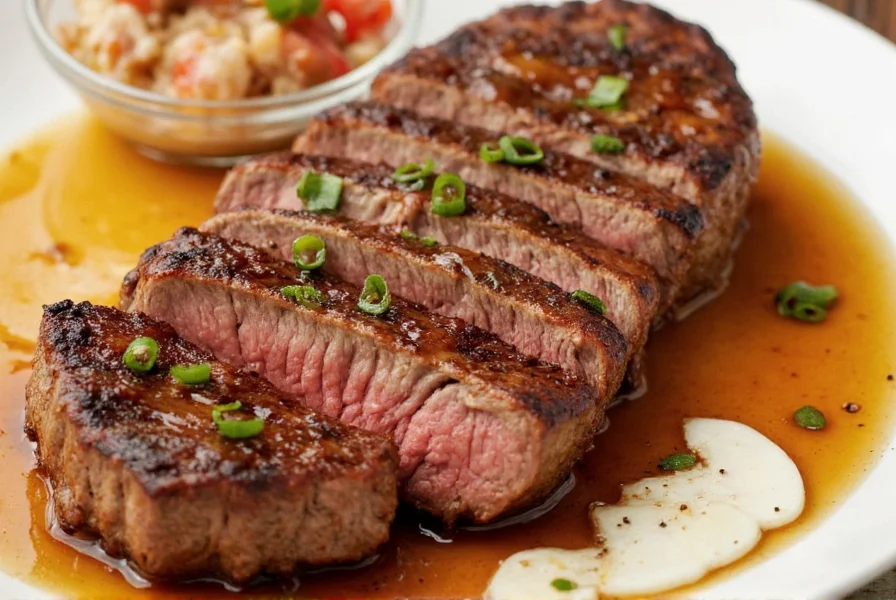
Can I use sazon on all cuts of steak?
Yes, sazon works well with all steak cuts, though some benefit more than others. Richer cuts like ribeye and New York strip particularly shine with sazon's flavor profile, but even leaner cuts like sirloin or flank steak absorb the spices beautifully. For thicker cuts, you may want to let the sazon marinate for 20-30 minutes before cooking.
How much sazon should I use on a steak?
For an average 8-12 ounce steak, use about 1-2 teaspoons of sazon per side. The exact amount depends on your personal taste preferences and the specific sazon blend you're using. It's better to start with less—you can always add more after cooking if needed. Remember that sazon contains salt, so you may want to reduce additional salt if your blend is salt-heavy.
Should I apply sazon before or after cooking the steak?
For best results, apply sazon before cooking—ideally 10-15 minutes before placing the steak on the heat. This allows the spices to begin penetrating the meat surface. If using a wet application (mixed with oil), 20-30 minutes of resting time is even better. Adding sazon only after cooking won't give you the same depth of flavor, though you can certainly add a light sprinkle at the end for an extra flavor boost.
Does sazon contain MSG or artificial ingredients?
It depends on the brand. Traditional homemade sazon doesn't contain MSG—it's simply a blend of natural spices. However, some commercial brands (particularly Goya's version) do contain MSG and food coloring. If you're concerned about additives, check the ingredient list or consider making your own sazon blend at home using garlic powder, onion powder, cumin, coriander, paprika, and salt.
Can I make my own sazon blend specifically for steak?
Absolutely! A steak-specific sazon blend could include 2 tbsp garlic powder, 2 tbsp onion powder, 1 tbsp cumin, 1 tbsp dried oregano, 1 tbsp smoked paprika, 1 tsp black pepper, and 1 tsp salt. For steak, you might want to increase the smoked paprika for that grilled flavor and possibly add a touch of coffee powder for depth. Mix these ingredients thoroughly and store in an airtight container for up to 6 months.
What are the best side dishes to serve with sazon-seasoned steak?
Sazon-seasoned steak pairs wonderfully with Latin-inspired sides like cilantro-lime rice, grilled plantains, black beans, or yuca fries. For a more traditional steakhouse pairing, try it with garlic mashed potatoes and roasted vegetables. The citrus notes in many sazon blends also complement fresh salads with avocado and tomato. A squeeze of fresh lime just before serving ties everything together beautifully.
When shopping for sazon, look for high-quality blends that contain real herbs and spices rather than artificial flavorings. Here are some top products to consider:
1. Puerto Rican Sazon by La Voz
Features: Classic blend with garlic, onion, cumin, and oregano.
Advantages: Authentic taste and great for traditional recipes.
Use Cases: Ideal for grilled meats, stews, and marinades.
Target Audience: Home cooks who want to replicate authentic Latin American flavors.
Suitable Occasions: Family dinners, backyard barbecues, or festive meals.
2. La Cocina Sazon Blend
Features: Includes paprika, chili powder, and a hint of citrus zest.
Advantages: Offers a bolder, spicier profile compared to others.
Use Cases: Perfect for those who enjoy a little heat in their food.
Target Audience: Spicy food lovers and adventurous eaters.
Suitable Occasions: Casual gatherings, summer cookouts, or dinner parties.
3. Trader Joe's Sazon
Features: Affordable and widely available.
Advantages: Great value for the price and consistent quality.
Use Cases: Versatile for various recipes and cooking styles.
Target Audience: Budget-conscious cooks and everyday users.
Suitable Occasions: Weeknight dinners, quick meals, or meal prepping.
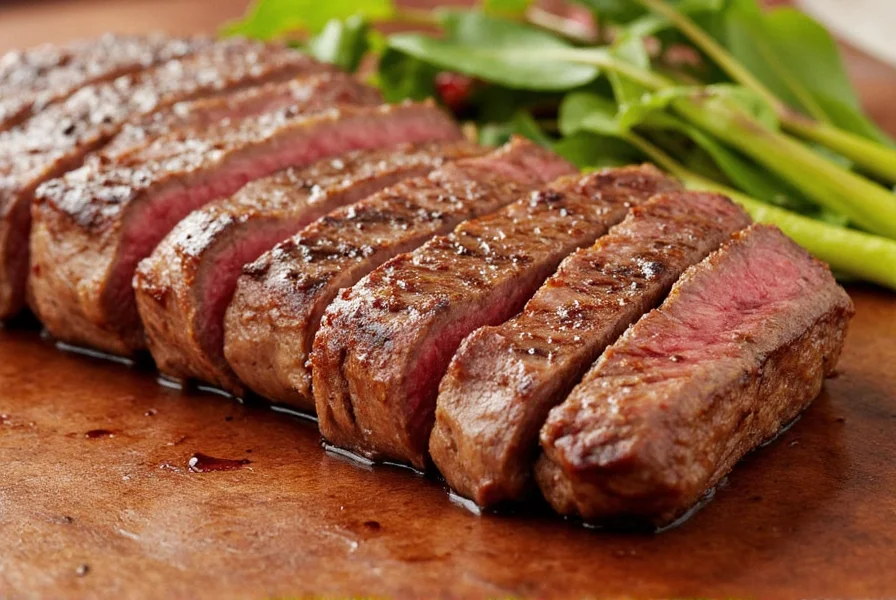
| Product | Key Ingredients | Flavor Profile | Price Range | Best For |
|---|---|---|---|---|
| Puerto Rican Sazon by La Voz | Garlic, onion, cumin, oregano | Mild, savory | $4–$6 | Traditional dishes, home cooking |
| La Cocina Sazon Blend | Paprika, chili powder, citrus zest | Bold, spicy | $5–$7 | Spicy recipes, bold flavors |
| Trader Joe's Sazon | Garlic, onion, cumin, paprika | Well-balanced, versatile | $3–$5 | Everyday use, budget-friendly |

Adding sazon to your steak is a simple yet powerful way to elevate your cooking. With its unique blend of spices, sazon brings a whole new dimension of flavor to your favorite cut of beef. Whether you're a seasoned chef or a home cook looking to experiment, sazon on steak is a must-try.
Remember, the key to success is choosing the right sazon blend and using it thoughtfully. Don't be afraid to play around with different combinations and find your perfect flavor profile. And most importantly, have fun with it—because the best meals are the ones that make your taste buds dance.


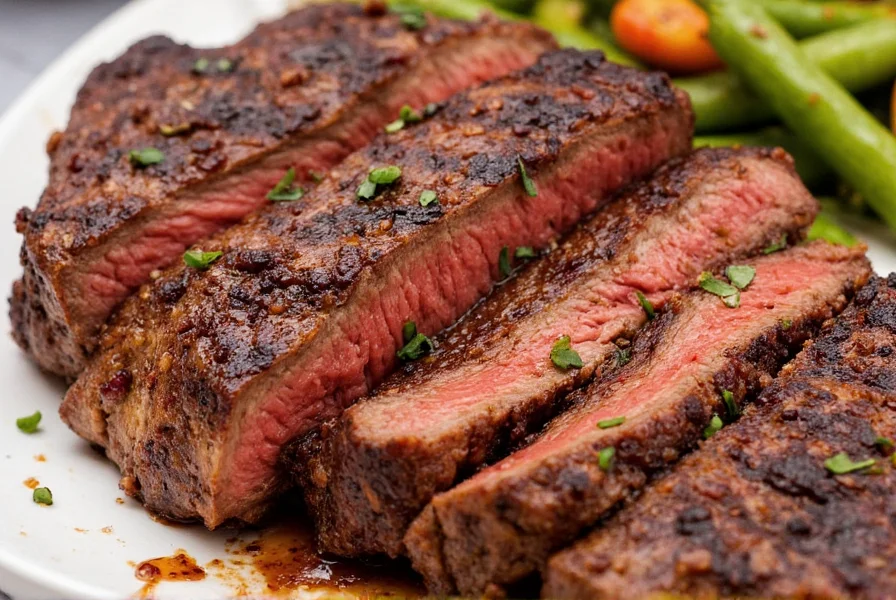









 浙公网安备
33010002000092号
浙公网安备
33010002000092号 浙B2-20120091-4
浙B2-20120091-4